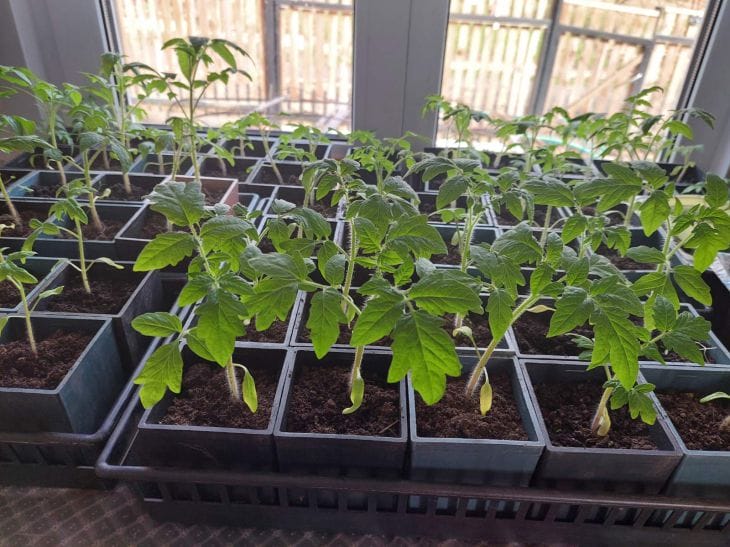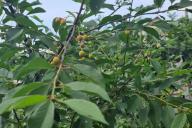What if your lush tomato bushes with bright leaves are just “empty plants”, doomed to die after the first ovary?
The gardening industry is built on myths, and the big fertilizer brands spend millions to make you believe them. Take the cult of picking.
“Without transplanting into cups, seedlings wither away!” bloggers insist.

But in 2022, Scientific Reports published a study: stress from picking reduces pepper yields by 40%, and the root system is restored only by the time of planting in the ground.
"I struggled with transplanting for 10 years until I tried sowing directly into peat pots," writes Oksana from Samara. "The plants caught up with their "picked out" neighbors in a week!"
Another myth is “the more light, the better.” Forums advise to provide additional light for seedlings for 18 hours a day, but plant physiologist David Hess warns in his book “The Secret Life of Seeds”:
"A daylight period longer than 14 hours disrupts the synthesis of flowering hormones. Plants go into foliage but do not form fruits."
What about "mandatory" hardening?
Yes, a sharp change in temperature is harmful, but an experiment at Michigan State University has proven that gradual adaptation to the outdoors (a decrease in temperature by 1–2°C per day) strengthens the immune system better than shock “walks” on the balcony.
"I used to take the seedlings out into the sun for an hour at a time - half of them died," admits Igor from Yekaterinburg. "Now I put them on a glazed loggia with a slightly open window. The losses are 5% instead of 50%.
The most dangerous deception is “feeding with yeast for growth.” Yes, fungi temporarily stimulate roots, but, as the Institute of Soil Science of the Russian Academy of Sciences found out, yeast suppresses nitrogen-fixing bacteria.
"After the yeast, the soil in the pots became moldy and the seedlings stopped growing," writes user "Green Thumb" on the Flowerdream forum.
It's time to stop believing in fairy tales and start listening to science: your plants deserve the truth, not beautiful legends.








